

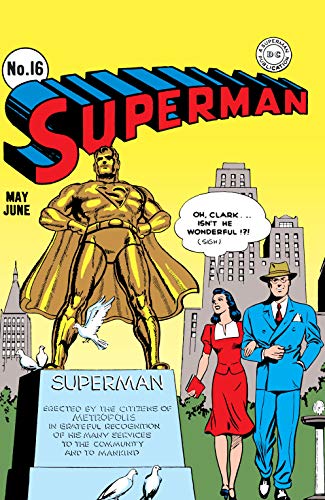
Books in series

Superman (1939-2011) #1
1986

The Superman Chronicles, Vol. 1
2006

Superman in the Forties
2005
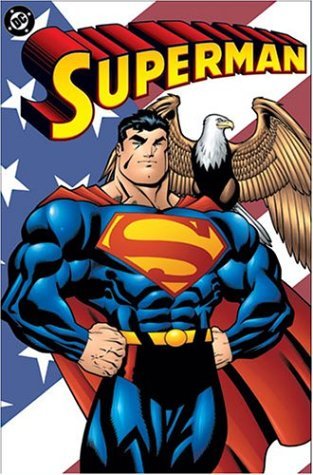
Superman
The Greatest Stories Ever Told, Vol. 1
2004

Superman (1939-2011) #16
1942
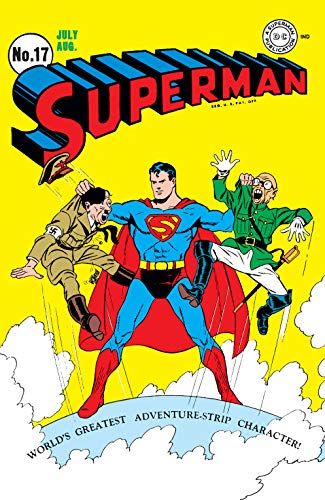
Superman (1939-2011) #17
1942

Superman (1939-2011) #18
1942
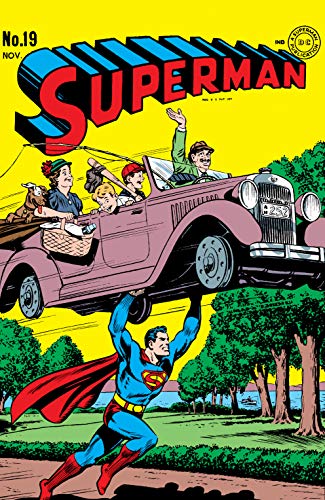
Superman (1939-2011) #19
1942
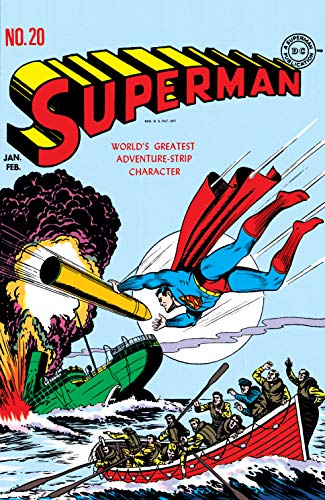
Superman (1939-2011) #20
1943
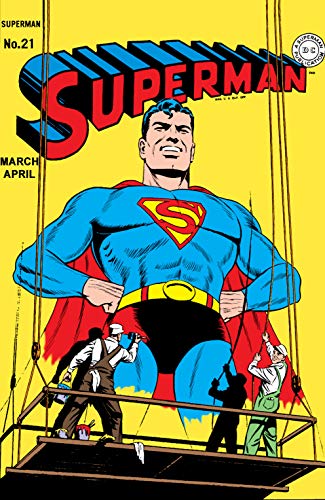
Superman (1939-2011) #21
1943
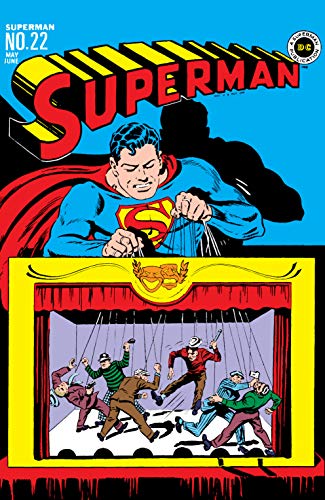
Superman (1939-2011) #22
1943
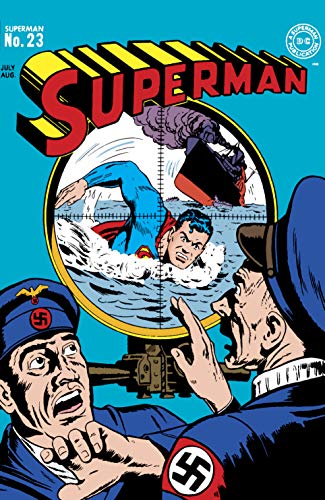
Superman (1939-2011) #23
1943
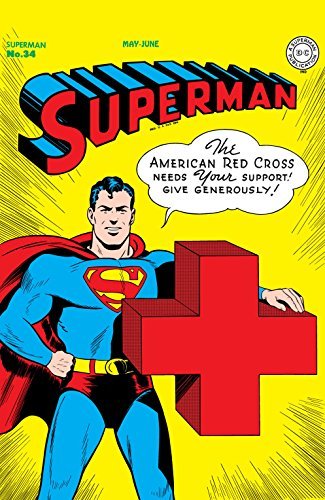
Superman (1939-2011) #34
1945
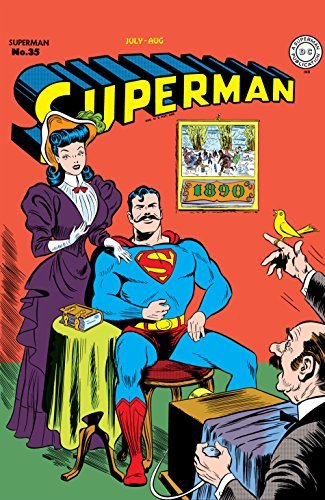
Superman (1939-2011) #35
1945
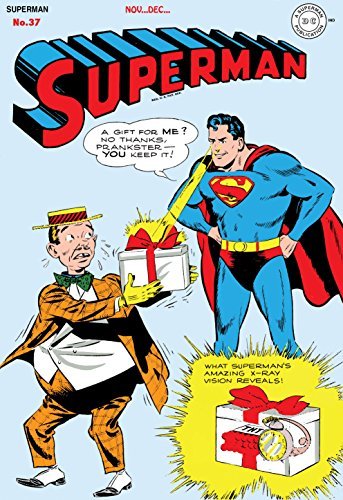
Superman (1939-2011) #37
1945
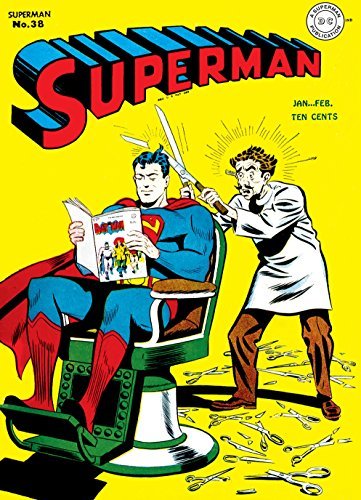
Superman (1939-2011) #38
1946
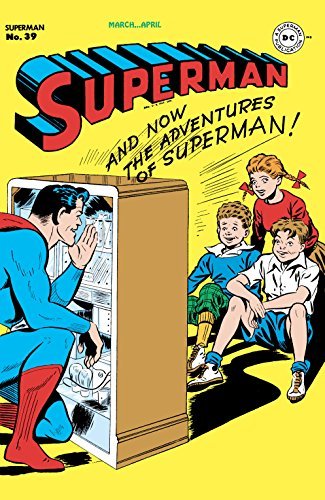
Superman (1939-2011) #39
1946
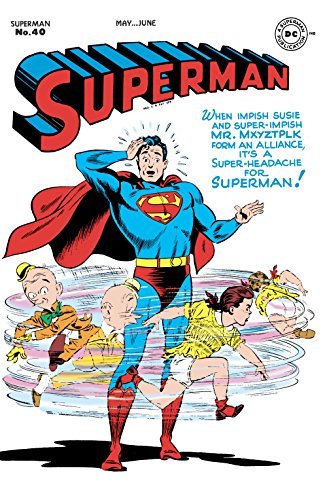
Superman (1939-2011) #40
1946
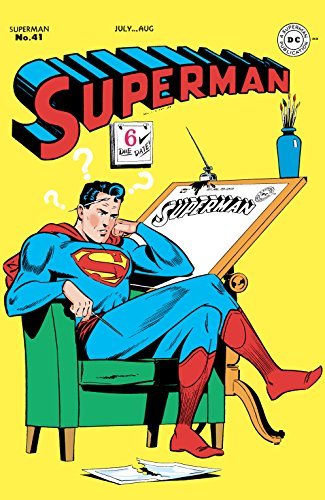
Superman (1939-2011) #41
1946

Superman/Batman
The Greatest Stories Ever Told
2007
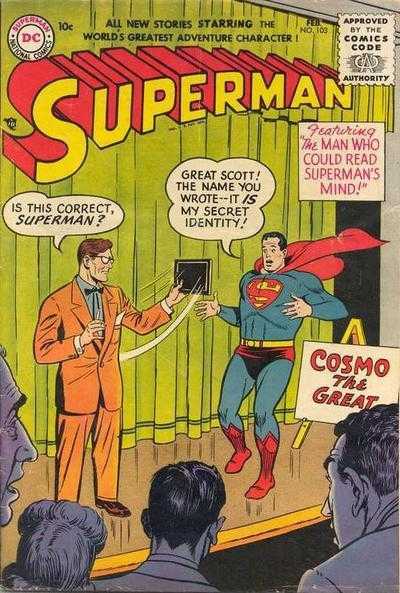
superman 1939 #103
1956
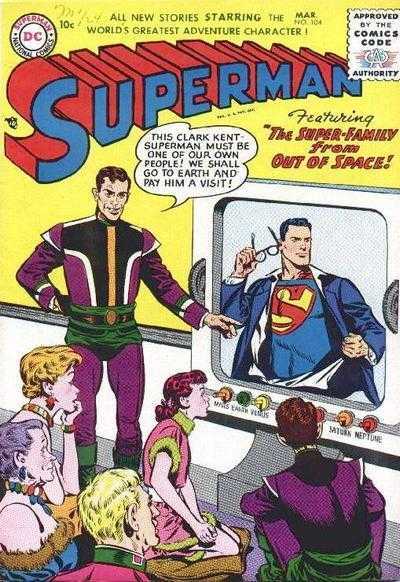
Superman 1939 #104
1956

Superman
The Greatest Stories Ever Told, Vol. 2
2006
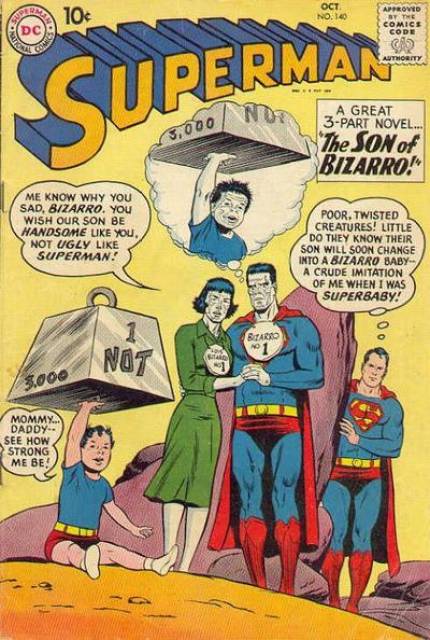
Superman
1960
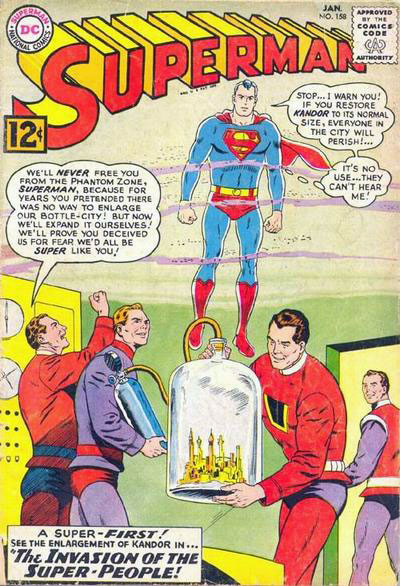
Superman #158
1963
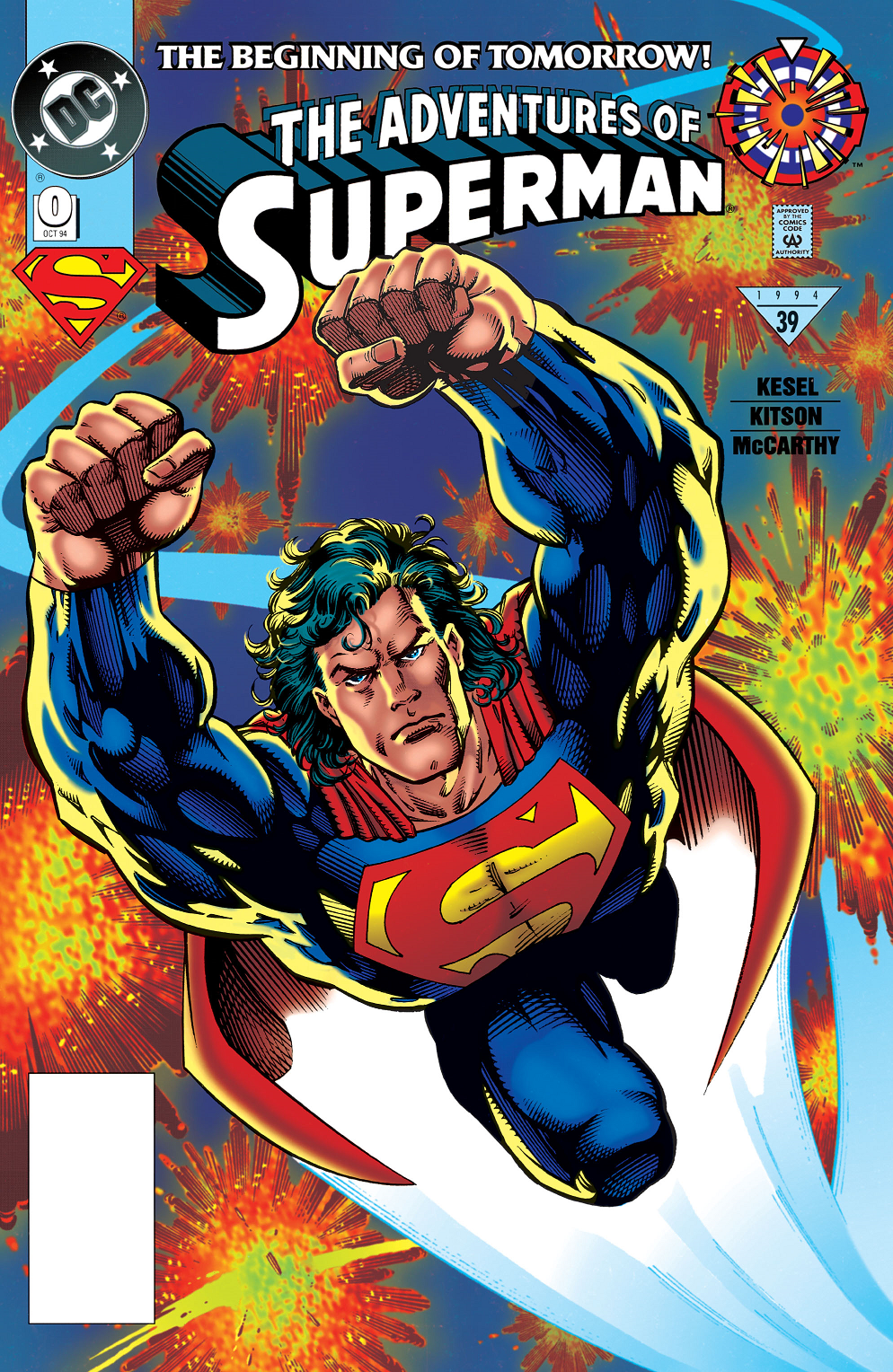
Adventures of Superman (1987-) #0
1994
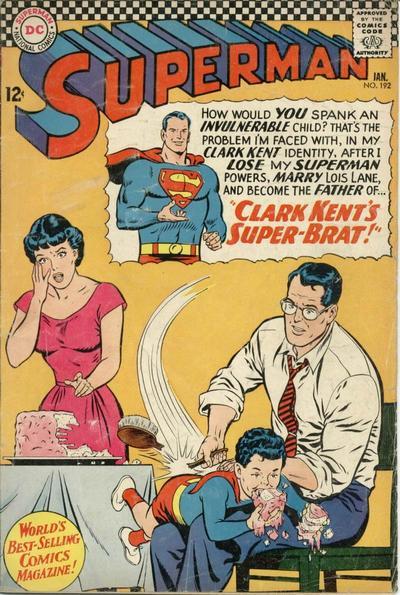
Superman (1939-2011) #192
1967
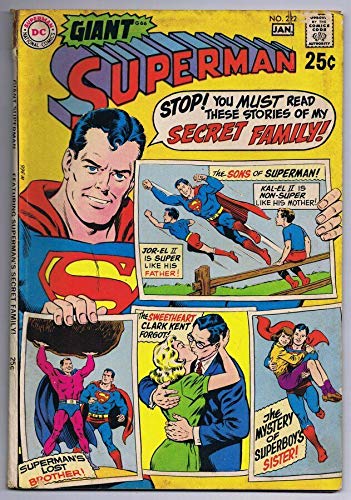
Superman #222
1969
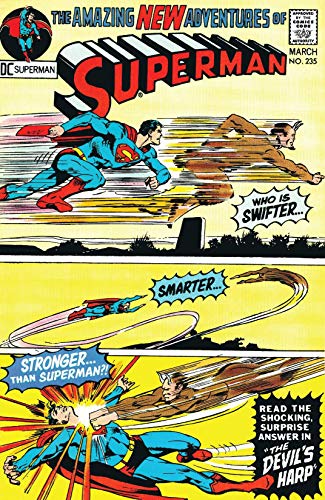
Superman (1939-2011) #235
1971
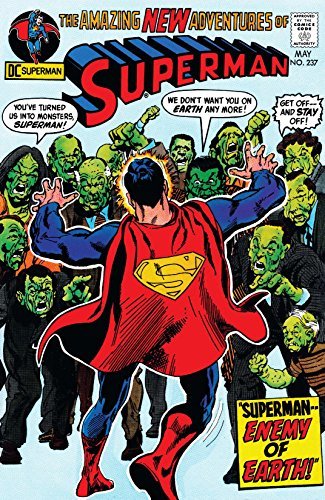
Superman (1939-2011) #237
1971

Superman (1939-2011) #238
1971
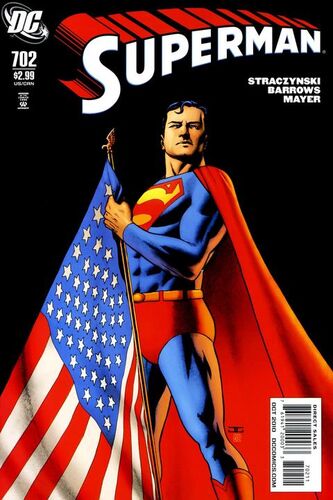
Superman (1939-2011) #702
2010
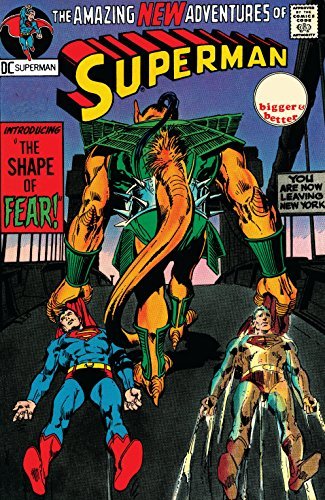
Superman (1939-2011) #241
1971
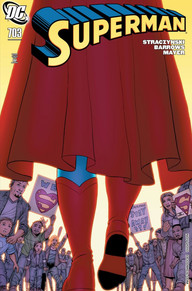
Superman (1939-2011) #703
2010
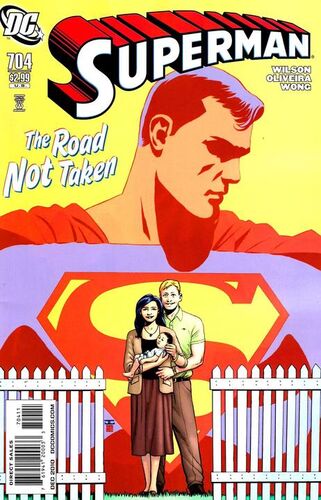
Superman (1939-2011) #704
2010
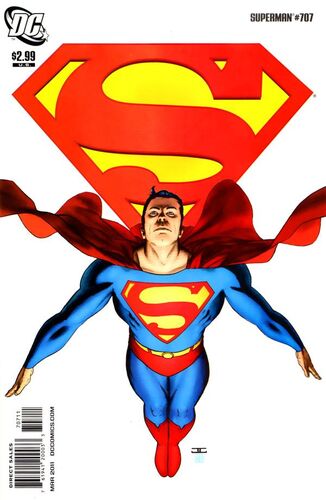
Superman (1939-2011) #707
2010
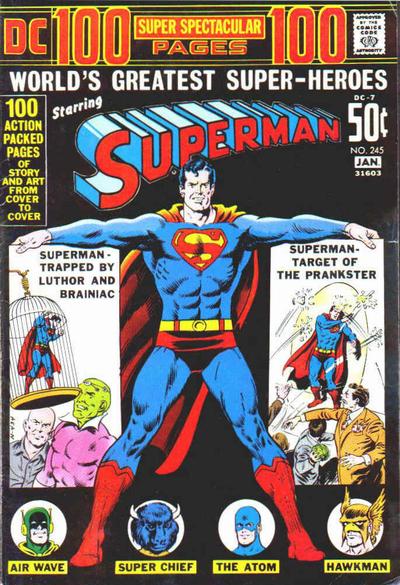
Superman #245
1972
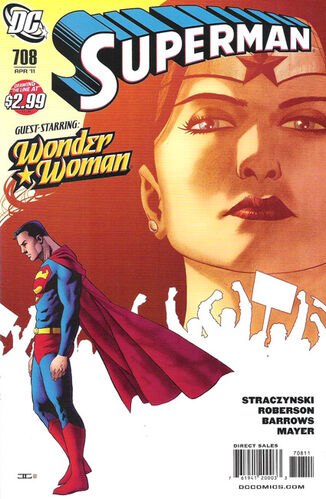
Superman (1939-2011) #708
2011
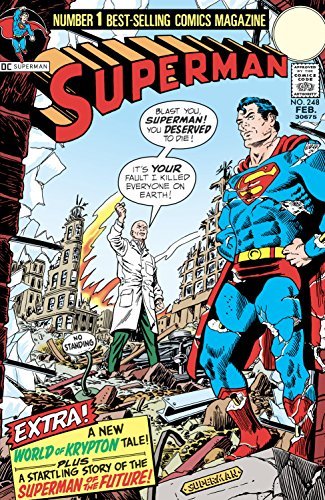
Superman (1939-2011) #248
1972

Superman Annual No 1
1972
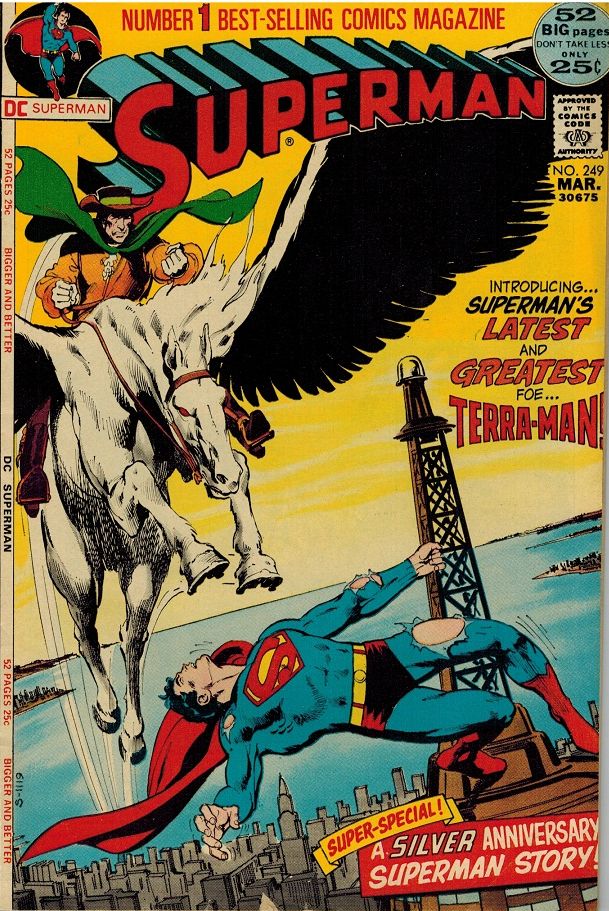
Superman #249
1972

Superman Official Annual 1984
1984
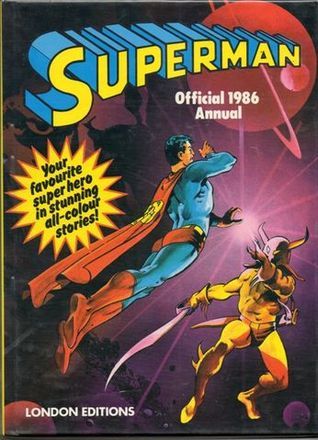
The Official Superman Annual 1986
1985
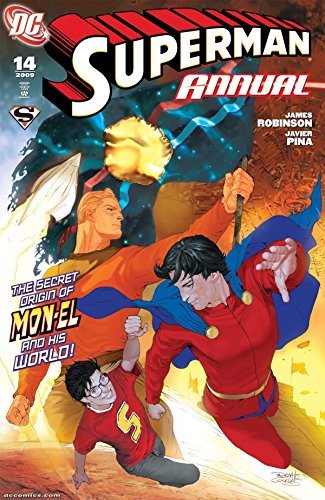
Superman (1939-2011)
Annual #14
2007
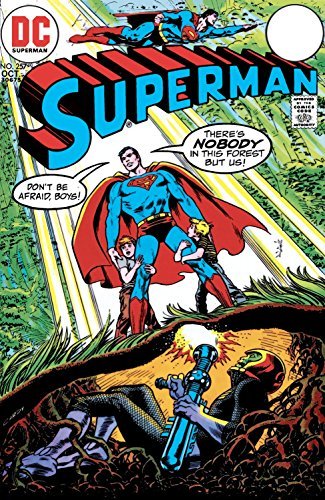
Superman (1939-2011) #257
1972

Superman (1939-) #261
1973
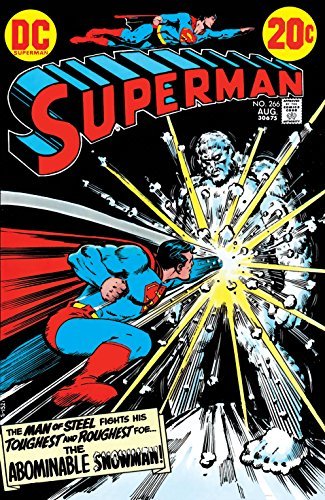
Superman (1939-2011) #266
1973
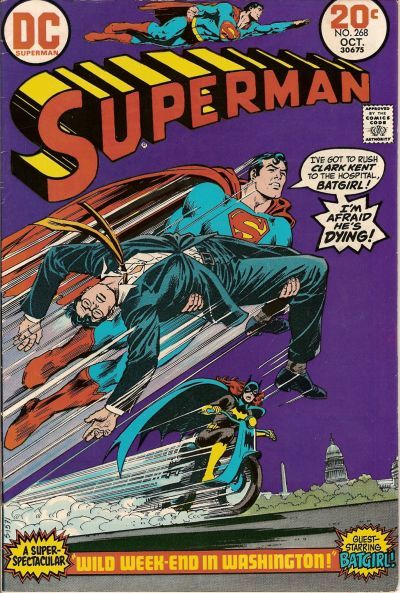
Superman (1939-) #268
1973
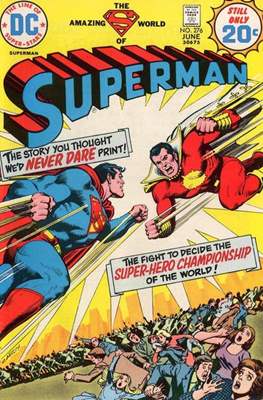
Superman (1939-2011) #276
1974
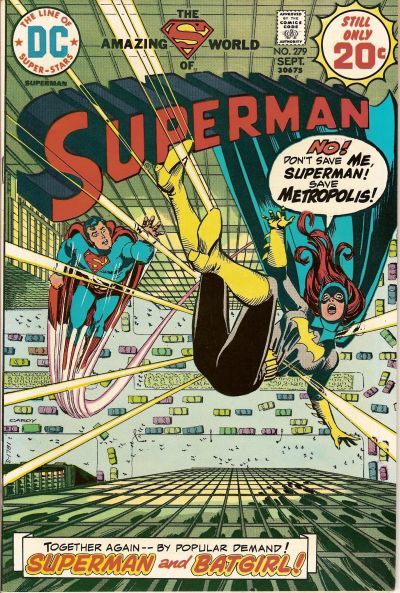
Superman (1939- ) #279
1974

Superman #281
1974
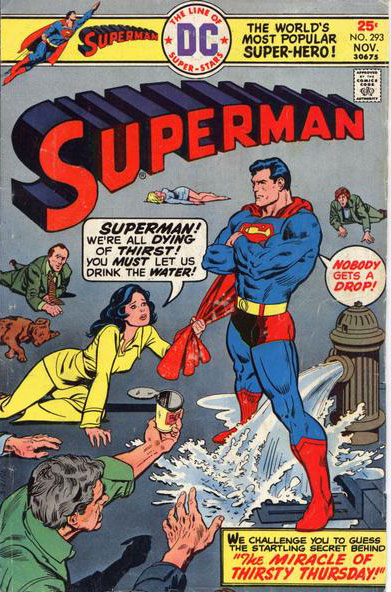
Superman (1939) #293
2025

Superman #297
1976
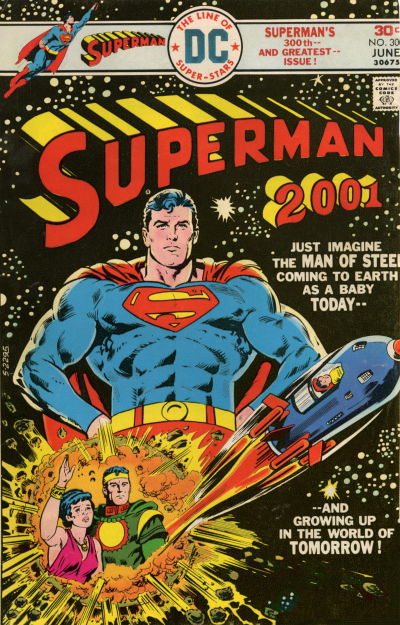
Superman #300
1975
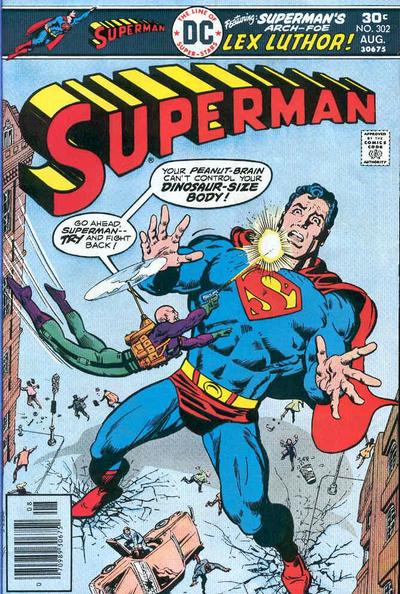
Superman #302
1976
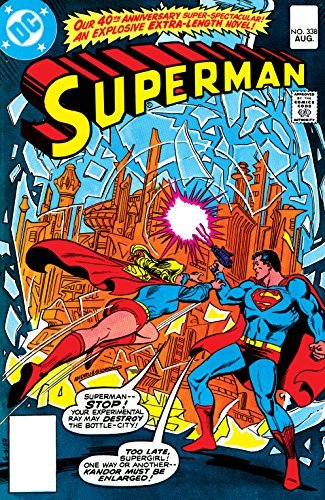
Superman (1939-2011) #338
1979
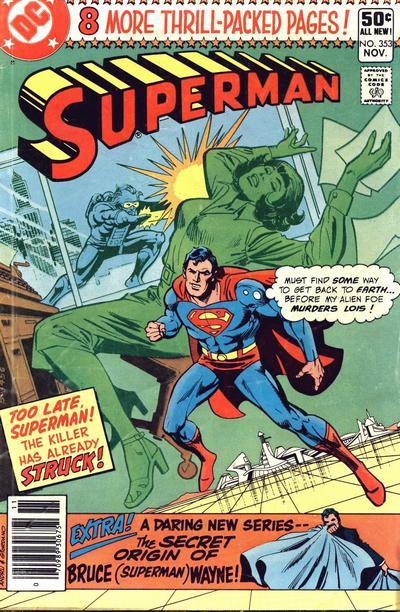
Superman (1939-2011) #353
1980

Superman (1939-2011) #358
1981
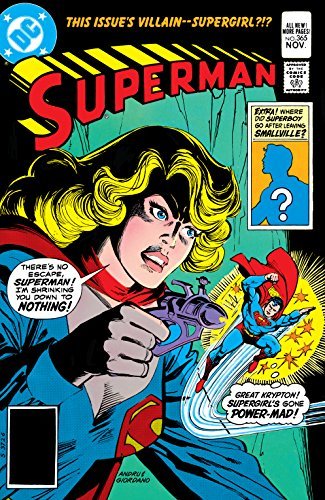
Superman (1939-2011) #365
1981

Adventures of Superman
Gil Kane
2013
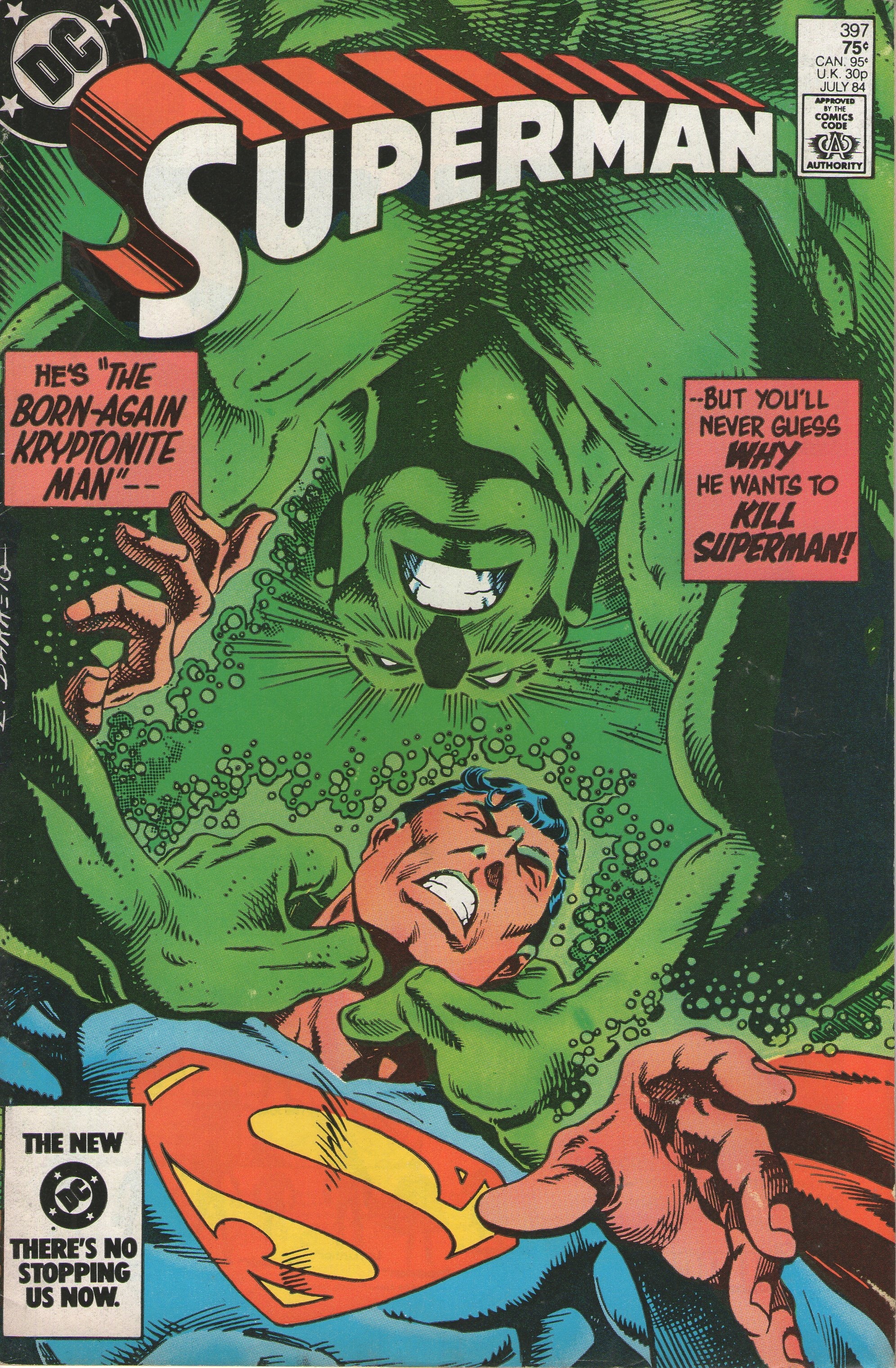
Superman (1939-2011) #397
1984
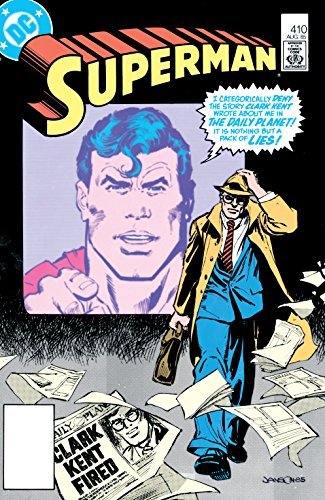
Superman (1939-2011) #410
1985

Superman (1939-2011) #411
1985

Superman (1939-2011) #412
1985
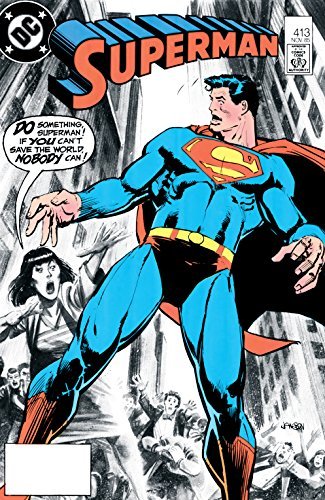
Superman (1939-2011) #413
1985

Superman Vs. Darkseid
2015

Adventures of Superman (1987-) #487
1991

Adventures of Superman (1986-2006) #520
1994
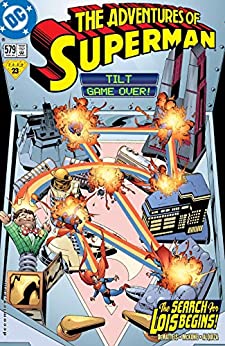
Adventures of Superman (1986-2006) #579
2000

Adventures of Superman (1986-2006) #585
2000
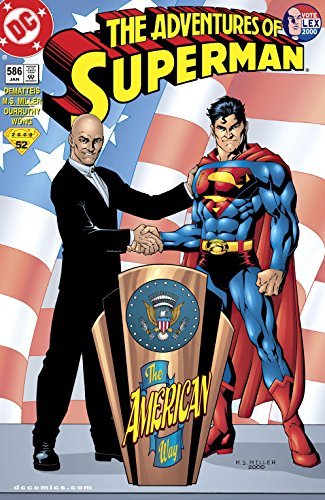
Adventures of Superman (1986-2006) #586
1987
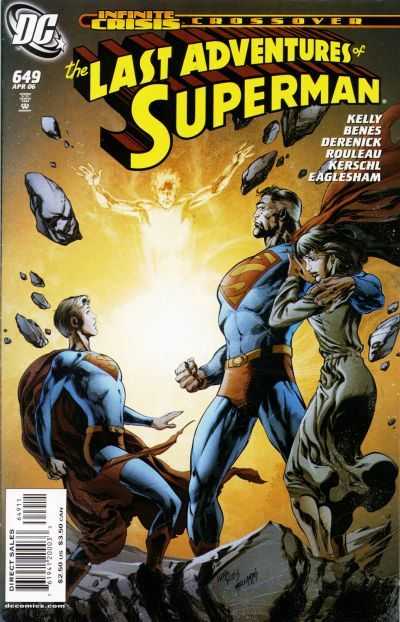
Adventures of Superman #649
2025
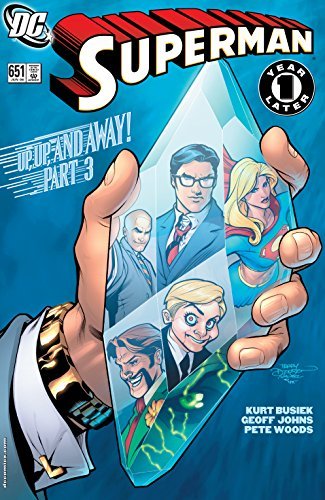
Superman (1939-2011) #651
2006
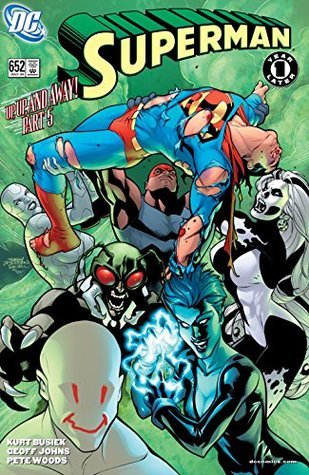
Superman (1939-2011) #652
2006
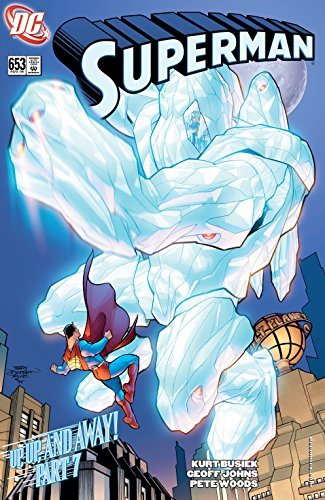
Superman (1939-2011) #653
2006

Superman (1939-2011) #658
2007
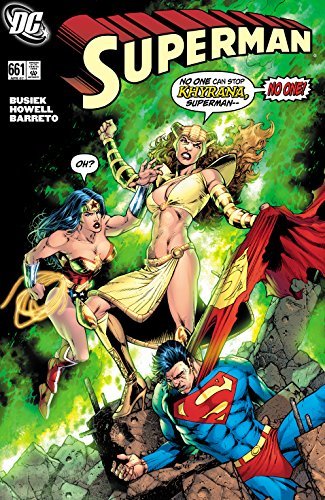
Superman (1939-2011) #661
2007
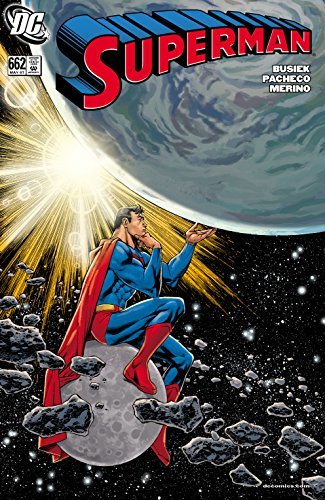
Superman (1939-2011) #662
2007

Superman (1939-2011) #663
2007
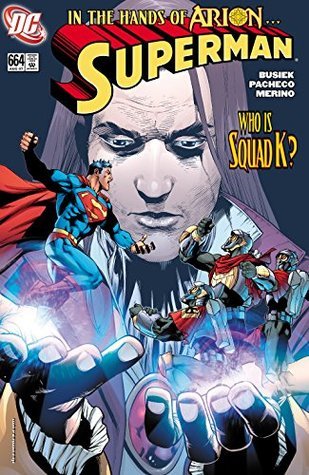
Superman (1939-) #664
2007
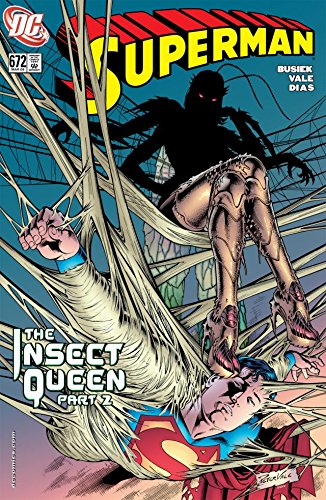
Superman (1939-2011) #672
2008
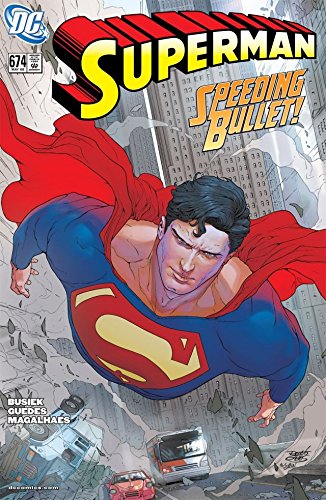
Superman (1939-2011) #674
2008
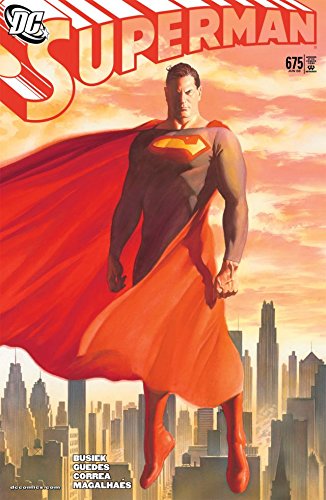
Superman (1939-2011) #675
2008
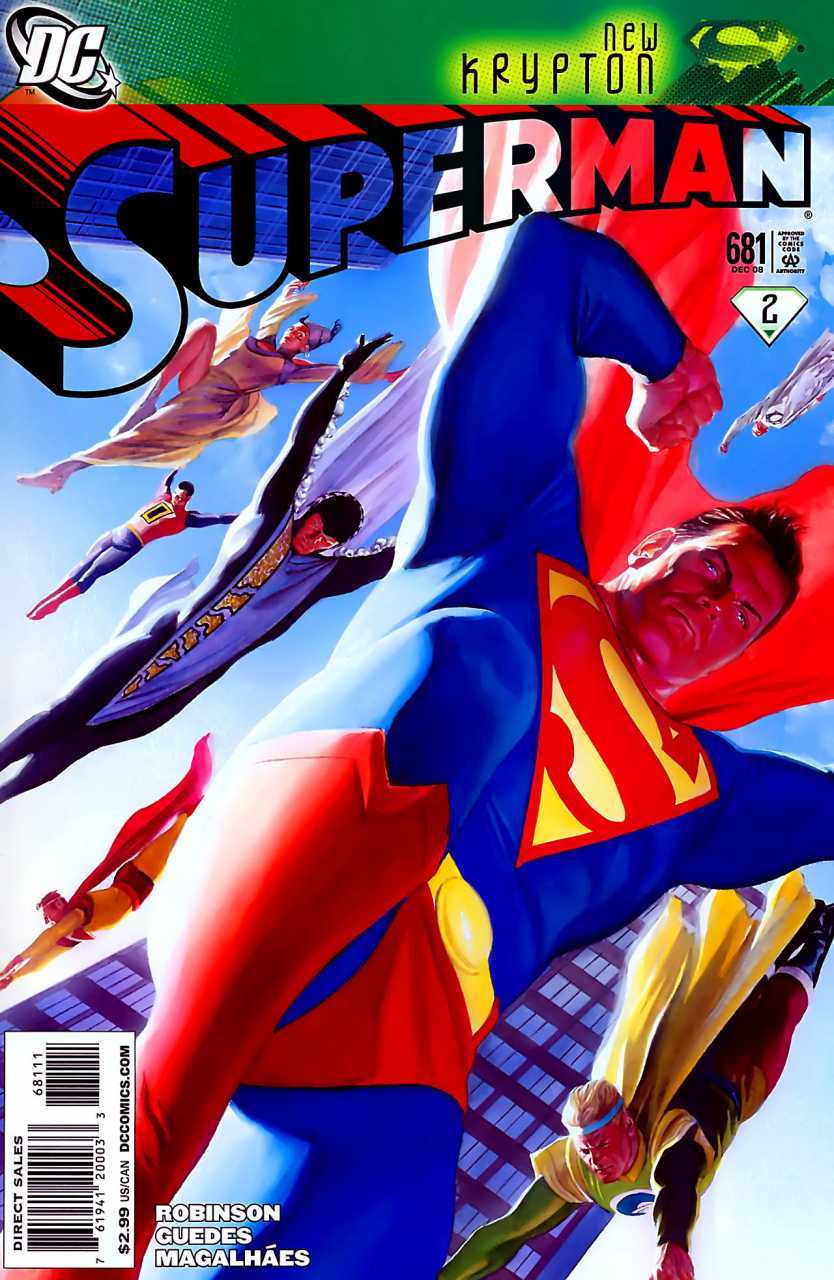
Superman #681
2008
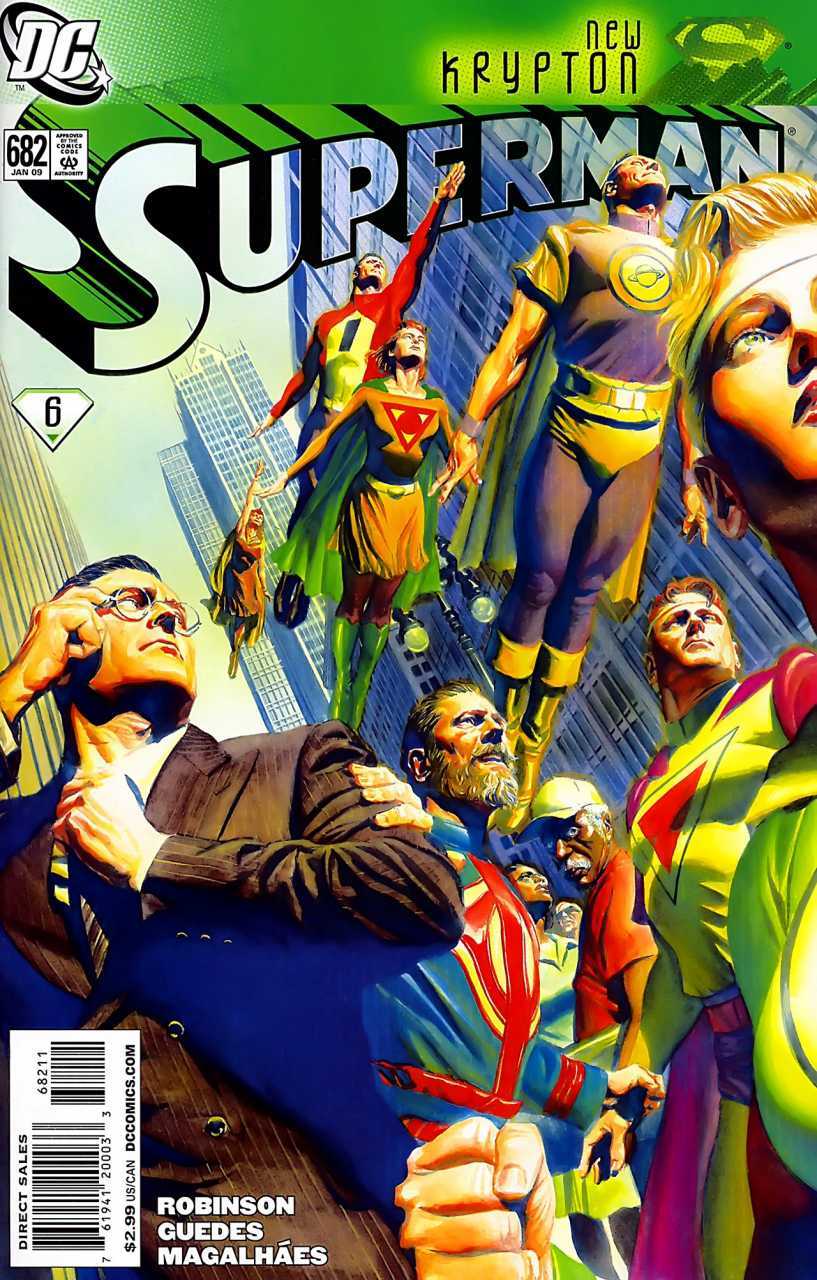
Superman #682
2008
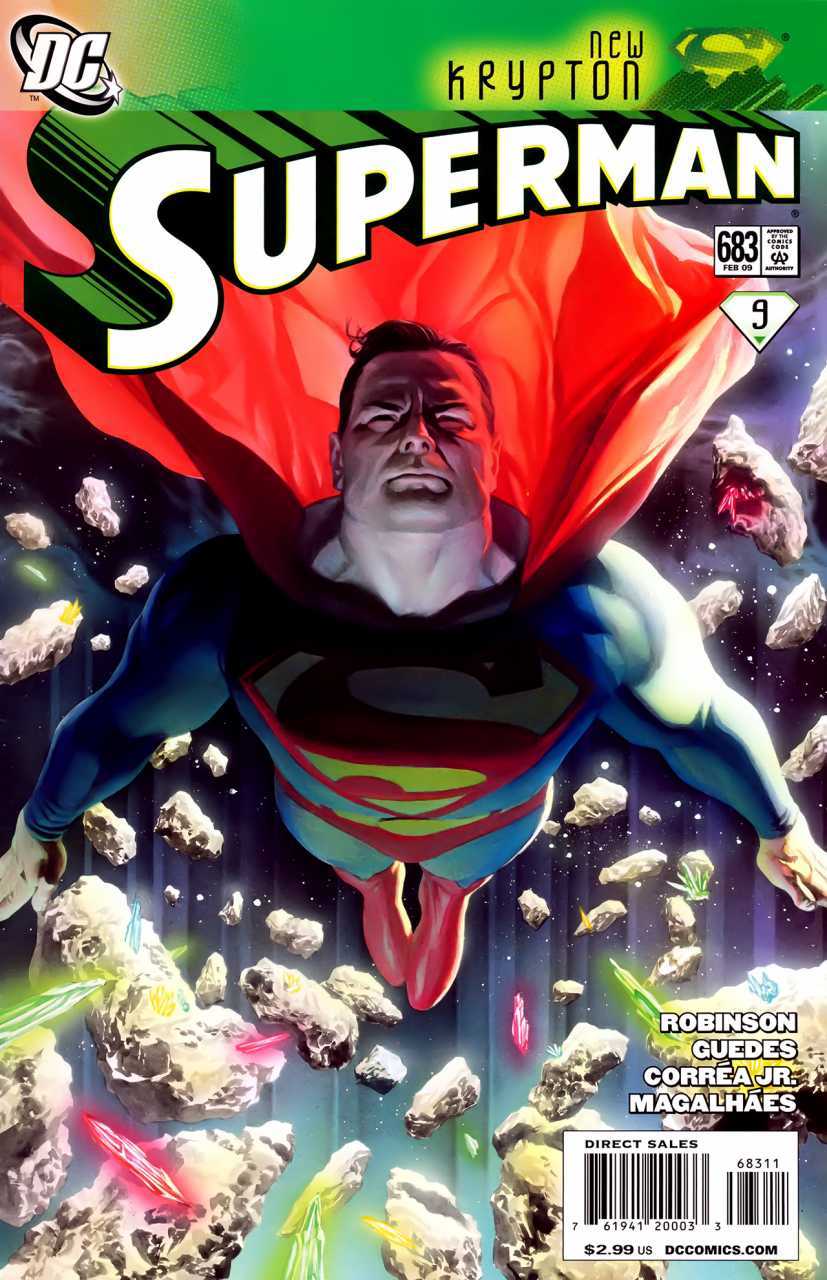
Superman #683
2008

Superman (1939-2011) #686
2009
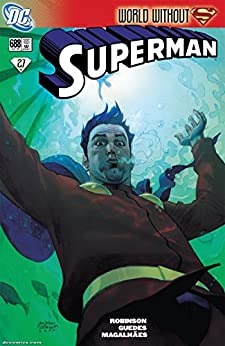
Superman (1939-2011) #688
2009
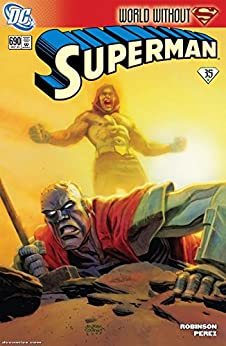
Superman (1939-2011) #690
2009
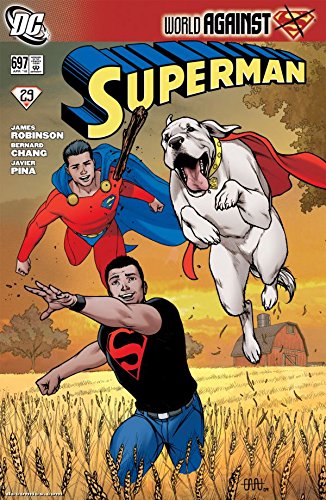
Superman (1939-2011) #697
2010
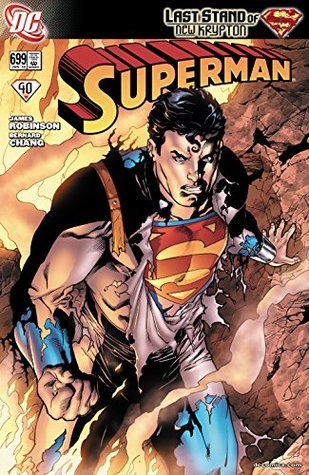
Superman (1939-2011) #699
2010

Superman in the Fifties (Superman
2002

Superman
Kryptonite Nevermore!
1971

Superman
Grounded, Vol. 1
2011
Authors

Joseph "Joe" Shuster was a Canadian-born American comic book artist. He was best known for co-creating the DC Comics character Superman, with writer Jerry Siegel, first published in Action Comics #1 (June 1938). Shuster was involved in a number of legal battles concerning the ownership of the Superman character, eventually gaining recognition for his part in its creation. His comic book career after Superman was relatively unsuccessful, and by the mid-1970s Shuster had left the field completely due to partial blindness. He and Siegel were inducted into both the comic book industry's Will Eisner Comic Book Hall of Fame in 1992 and the Jack Kirby Hall of Fame in 1993. In 2005, the Canadian Comic Book Creator Awards Association instituted the Joe Shuster Awards, named to honor the Canadian-born artist.

Joseph "Jeph" Loeb III is an Emmy and WGA nominated American film and television writer, producer and award-winning comic book writer. Loeb was a Co-Executive Producer on the NBC hit show Heroes, and formerly a producer/writer on the TV series Smallville and Lost. A four-time Eisner Award winner and five-time Wizard Fan Awards winner (see below), Loeb's comic book career includes work on many major characters, including Spider-Man, Batman, Superman, Hulk, Captain America, Cable, Iron Man, Daredevil, Supergirl, the Avengers, and Buffy the Vampire Slayer, much of which he has produced in collaboration with artist Tim Sale, who provides the comic art seen on Heroes.

Librarian note: There is more than one author in the GoodReads database with this name John Lindley Byrne is a British-born Canadian-American author and artist of comic books. Since the mid-1970s, Byrne has worked on nearly every major American superhero. Byrne's better-known work has been on Marvel Comics' X-Men and Fantastic Four and the 1986 relaunch of DC Comics’ Superman franchise. Coming into the comics profession exclusively as a penciler, Byrne began co-plotting the X-Men comics during his tenure on them, and launched his writing career in earnest with Fantastic Four (where he also started inking his own pencils). During the 1990s he produced a number of creator-owned works, including Next Men and Danger Unlimited. He also wrote the first issues of Mike Mignola's Hellboy series and produced a number of Star Trek comics for IDW Publishing.
Books can be attributed to "Unknown" when the author or editor (as applicable) is not known and cannot be discovered. If at all possible, list at least one actual author or editor for a book instead of using "Unknown". Books whose authorship is purposefully withheld should be attributed instead to Anonymous.

Len Wein was an American comic book writer and editor best known for co-creating DC Comics' Swamp Thing and Marvel Comics' Wolverine, and for helping revive the Marvel superhero team the X-Men (including the co-creation of Nightcrawler, Storm, and Colossus). Additionally, he was the editor for writer Alan Moore and illustrator Dave Gibbons' influential DC miniseries Watchmen. Wein was inducted into the Will Eisner Comic Book Hall of Fame in 2008.

Neal Adams is an American comic book and commercial artist known for helping to create some of the definitive modern imagery of the DC Comics characters Superman, Batman, and Green Arrow; as the co-founder of the graphic design studio Continuity Associates; and as a creators-rights advocate who helped secure a pension and recognition for Superman creators Jerry Siegel and Joe Shuster. Adams was inducted into the Eisner Award's Will Eisner Comic Book Hall of Fame in 1998, and the Harvey Awards' Jack Kirby Hall of Fame in 1999. Librarian Note: There is more than one author in the Goodreads database with this name.



Roy Thomas was the FIRST Editor-in-Chief at Marvel—After Stan Lee stepped down from the position. Roy is a longtime comic book writer and editor. Thomas has written comics for Archie, Charlton, DC, Heroic Publishing, Marvel, and Topps over the years. Thomas currently edits the fanzine Alter Ego for Twomorrow's Publishing. He was Editor for Marvel comics from 1972-1974. He wrote for several titles at Marvel, such as Avengers, Thor, Invaders, Fantastic Four, X-Men, and notably Conan the Barbarian. Thomas is also known for his championing of Golden Age comic-book heroes—particularly the 1940s superhero team the Justice Society of America—and for lengthy writing stints on Marvel's X-Men and Avengers, and DC Comics' All-Star Squadron, among other titles. Also a legendary creator. Creations include Wolverine, Carol Danvers, Ghost Rider, Vision, Iron Fist, Luke Cage, Valkyrie, Morbius, Doc Samson, and Ultron. Roy has also worked for Archie, Charlton, and DC among others over the years.



Jerome "Jerry" Siegel, who also used pseudonyms including Joe Carter, Jerry Ess, and Herbert S. Fine, was the American co-creator of Superman (along with Joe Shuster), the first of the great comic book superheroes and one of the most recognizable icons of the 20th century. He and Shuster were inducted into the comic book industry's Will Eisner Comic Book Hall of Fame in 1992 and the Jack Kirby Hall of Fame in 1993.

Geoff Johns originally hails from Detroit, Michigan. He attended Michigan State University, where he earned a degree in Media Arts and Film. He moved to Los Angeles in the late 1990s in search of work within the film industry. Through perseverance, Geoff ended up as the assistant to Richard Donner, working on Conspiracy Theory and Lethal Weapon 4. During that time, he also began his comics career writing Stars and S.T.R.I.P.E. and JSA (co-written with David S. Goyer) for DC Comics. He worked with Richard Donner for four years, leaving the company to pursue writing full-time. His first comics assignments led to a critically acclaimed five-year run on the The Flash. Since then, he has quickly become one of the most popular and prolific comics writers today, working on such titles including a highly successful re-imagining of Green Lantern, Action Comics (co-written with Richard Donner), Teen Titans, Justice Society of America, Infinite Crisis and the experimental breakout hit series 52 for DC with Grant Morrison, Greg Rucka and Mark Waid. Geoff received the Wizard Fan Award for Breakout Talent of 2002 and Writer of the Year for 2005, 2006, 2007, and 2008 as well as the CBG Writer of the Year 2003 thru 2005, 2007 and CBG Best Comic Book Series for JSA 2001 thru 2005. Geoff also developed BLADE: THE SERIES with David S. Goyer, as well as penned the acclaimed “Legion” episode of SMALLVILLE. He also served as staff writer for the fourth season of ROBOT CHICKEN. Geoff recently became a New York Times Bestselling author with the graphic novel Superman: Brainiac with art by Gary Frank.
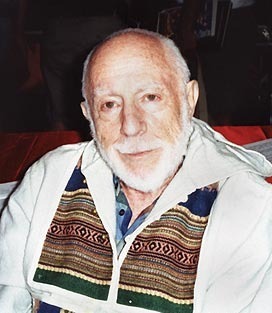
Librarian Note: There is more than one author in the Goodreads database with this name. Alvin^^Schwartz Born in NYC in 1916, Alvin Schwartz wrote his first comics for Fairy Tale Parade in 1939, and wrote extensively for Shelley Mayer, then an editor at Max Gaines’ All-American Publications (later purchased by National/DC in 1944). He had also done a short stint at Fawcett on Captain Marvel. Schwartz wrote his first Batman story in 1942, and his first Batman newspaper strip in Aug 1944 (an assignment he continued on until 1958) and his first Superman newspaper strip in Oct 1944. He had a long association with Superman as the writer of both the Man of Steel’s newspaper strip and many of his comic book appearances, and one of his many enduring contributions to the Superman mythology was the creation of Bizarro, a character who became a part of popular culture, quite apart from comics. While writing most of DC’s newspaper strips between 1944 and 1952, he also went on to do stories for many of their comics magazines, working on characters such as Aquaman, Vigilante, Slam Bradley, Date With Judy, Buzzy, House of Mystery, Tomahawk, Wonder Woman, The Flash, Green Lantern, Newsboy Legion and numerous others. After his 1958 departure from comics, Schwartz took on a whole new role in the corporate world, using the knowledge of plotting gained in comics to open new directions in market research, developing the now well-known techniques of psycho-graphics, typological identification and others, until as Research Director for the famed think tank of Dr Ernst Dichter, The Institute for Motivational Research, he provided structural and marketing advice to some of America’s largest corporations ranging from General Motors to General Foods. He was subsequently appointed to an advisory committee of the American Association of Advertising Agencies. Schwartz also authored three novels for Arco Press, one of which, Sword of Desire, a detective story, won praise for its successful takeoff on Reichian orgone therapy, a popular psychotherapeutic technique during the 40s and 50s. His Beat generation novel, The Blowtop was published by Dial in 1948. Under the title Le Cinglé, it became a best seller in France. He also wrote and lectured on superheroes at various universities and received a prestigious Canada Council Grant for a study on the religious symbolism in popular culture, using Superman as a springboard. Also in Canada, he wrote feature films and did numerous docu-dramas for The National Film Board for nearly 20 years and did a number of economic and social studies for the Canadian government. His last two books, written in his eighties, were: An Unlikely Prophet: Revelations on the Path Without Form (published in 1997) — a memoir dealing with some very off-the-wall experiences generated by his years doing Superman which led him to a unique understanding of Superman’s significance as well as some life-enriching possibilities available to every one of us, and the sequel A Gathering of Selves: The Spiritual Journey of the Legendary Writer of Superman and Batman (published in 2006). Schwartz received the first Bill Finger Award for his contributions to comics via writing in 2006. The Finger Award was created by the legendary creator Jerry Robinson to honour his friend Bill Finger (the uncredited co-creator of Batman) and is given to comic book writers as part of the Will Eisner Comic Book Industry Awards in July of each year.

William "Bill" Finger was an American comic strip and comic book writer best known as the uncredited co-creator, with Bob Kane, of the DC Comics character Batman, as well as the co-architect of the series' development. In later years, Kane acknowledged Finger as "a contributing force" in the character's creation. Comics historian Ron Goulart, in Comic Book Encyclopedia, refers to Batman as the "creation of artist Bob Kane and writer Bill Finger", and a DC Comics press release in 2007 about colleague Jerry Robinson states that in 1939, "Kane, along with writer Bill Finger, had just created Batman for [DC predecessor] National Comics". Film and television credits include scripting The Green Slime (1969), Track of the Moon Beast (1976), and three episodes of 77 Sunset Strip. -Wikipedia


Murphy C. Anderson, Jr. was an American comics artist, known as one of the premier inkers of his era, who worked for companies such as DC Comics for over fifty years, starting in the Golden Age of Comic Books in the 1940s. https://en.wikipedia.org/wiki/Murphy_...

Dennis "Denny" O'Neil was a comic book writer and editor best known for his work for Marvel Comics and DC Comics from the 1960s through the 1990s, and Group Editor for the Batman family of titles until his retirement. His best-known works include Green Lantern/Green Arrow and Batman with Neal Adams, The Shadow with Michael Kaluta and The Question with Denys Cowan. As an editor, he is principally known for editing the various Batman titles. From 2013 unti his death, he sat on the board of directors of the charity The Hero Initiative and served on its Disbursement Committee.


Kurt Busiek is an American comic book writer notable for his work on the Marvels limited series, his own title Astro City, and his four-year run on Avengers. Busiek did not read comics as a youngster, as his parents disapproved of them. He began to read them regularly around the age of 14, when he picked up a copy of Daredevil #120. This was the first part of a continuity-heavy four-part story arc; Busiek was drawn to the copious history and cross-connections with other series. Throughout high school and college, he and future writer Scott McCloud practiced making comics. During this time, Busiek also had many letters published in comic book letter columns, and originated the theory that the Phoenix was a separate being who had impersonated Jean Grey, and that therefore Grey had not died—a premise which made its way from freelancer to freelancer, and which was eventually used in the comics. During the last semester of his senior year, Busiek submitted some sample scripts to editor Dick Giordano at DC Comics. None of them sold, but they did get him invitations to pitch other material to DC editors, which led to his first professional work, a back-up story in Green Lantern #162 (Mar. 1983). Busiek has worked on a number of different titles in his career, including Arrowsmith, The Avengers, Icon, Iron Man, The Liberty Project, Ninjak, The Power Company, Red Tornado, Shockrockets, Superman: Secret Identity, Thunderbolts, Untold Tales of Spider-Man, JLA, and the award-winning Marvels and the Homage Comics title Kurt Busiek's Astro City. In 1997, Busiek began a stint as writer of Avengers alongside artist George Pérez. Pérez departed from the series in 2000, but Busiek continued as writer for two more years, collaborating with artists Alan Davis, Kieron Dwyer and others. Busiek's tenure culminated with the "Kang Dynasty" storyline. In 2003, Busiek re-teamed with Perez to create the JLA/Avengers limited series. In 2003, Busiek began a new Conan series for Dark Horse Comics, which he wrote for four years. In December 2005 Busiek signed a two-year exclusive contract with DC Comics. During DC's Infinite Crisis event, he teamed with Geoff Johns on a "One Year Later" eight-part story arc (called Up, Up and Away) that encompassed both Superman titles. In addition, he began writing the DC title Aquaman: Sword of Atlantis from issues 40-49. Busiek was the writer of Superman for two years, before followed by James Robinson starting from Superman #677. Busiek wrote a 52-issue weekly DC miniseries called Trinity, starring Batman, Superman and Wonder Woman. Each issue (except for issue #1) featured a 12-page main story by Busiek, with art by Mark Bagley, and a ten-page backup story co-written by Busiek and Fabian Nicieza, with art from various artists, including Tom Derenick, Mike Norton and Scott McDaniel. Busiek's work has won him numerous awards in the comics industry, including the Harvey Award for Best Writer in 1998 and the Eisner Award for Best Writer in 1999. In 1994, with Marvels, he won Best Finite Series/Limited Series Eisner Award and the Best Continuing or Limited Series Harvey Award; as well as the Harvey Award for Best Single Issue or Story (for Marvels #4) in 1995. In 1996, with Astro City, Busiek won both the Eisner and Harvey awards for Best New Series. He won the Best Single Issue/Single Story Eisner three years in a row from 1996–1998, as well as in 2004. Busiek won the Best Continuing Series Eisner Award in 1997–1998, as well as the Best Serialized Story award in 1998. In addition, Astro City was awarded the 1996 Best Single Issue or Story Harvey Award, and the 1998 Harvey Award for Best Continuing or Limited Series. Busiek was given the 1998 and 1999 Comics Buyer's Guide Awards for Favorite Writer, with additional nominations in 1997 and every year from 2000 to 2004. He has also received numerous Squiddy Awards, having been selected as favorite writer four years in a row from 1995 to 1998,

Joseph Michael Straczynski, known professionally as J. Michael Straczynski and informally as Joe Straczynski or JMS, is an American writer and television producer. He works in films, television series, novels, short stories, comic books, and radio dramas. He is a playwright, a former journalist, and author of The Complete Book of Scriptwriting. He was the creator and showrunner for the science fiction TV series Babylon 5 and, from 2001 to 2007, the writer for the long-running Marvel comic book series The Amazing Spider-Man.

Jeremiah "Jerry" Ordway is an American writer, penciller, inker and painter of comic books. He is known for his inking work on a wide variety of DC Comics titles, including the continuity-redefining classic Crisis on Infinite Earths (1985–1986), his long run working on the Superman titles from 1986–1993, and for writing and painting the Captain Marvel original graphic novel The Power of Shazam! (1994), and writing the on-going monthly series from 1995-1999. He has provided inks for artists such as Curt Swan, Jack Kirby, Gil Kane, John Buscema and Steve Ditko. Ordway was inspired in his childhood by Marvel Comics, and dreamed of drawing Daredevil, Spider-Man, and Avengers. (To date he has only worked on the latter.) He produced occasional work for Marvel between 1984 and 1988, then returned a decade later to write and illustrate a three-issue arc of Avengers (vol. 3) #16-18 (1999), as well as penciling the four-issue crossover mini-series Maximum Security (#1-3 and prologue Dangerous Planet) in 2000-2001. In 1986, along with writer/artist John Byrne and writer Marv Wolfman, Ordway was one of the architects trusted with revamping Superman, in the wake of the Ordway-inked continuity-redefining maxiseries Crisis on Infinite Earths. Launching, with a revised origin and new continuity, in Byrne's miniseries, The Man of Steel, Superman soon returned to featuring in a number of titles. After the titular title Superman was cancelled and replaced with Man of Steel, it was swiftly relaunched as Adventures of Superman, continuing the numbering of the original Superman comic, with Wolfman as writer and Ordway as primary artist. When Wolfman departed the title, John Byrne briefly took over scriptwriting duties before Ordway assumed the mantle of writer-artist and took over the series solely. Switching from Adventures of Superman, Ordway took over as writer-artist on the companion title Superman (vol. 2) between 1989 and 1991, before later returning to Adventures.. as writer. While writing for the Superman family of titles, he helped devise the epic "Death of Superman" storyline in 1992. After seven years working on the character, Ordway largely left the Superman titles in 1993, although he would make frequent returns to the character as writer and artist throughout his career. In 1994, Ordway masterminded the return of the original Captain Marvel to the DC Universe with the 96-page hardcover graphic novel The Power of Shazam!, which he both wrote and painted. The story saw Ordway depict the revamped origins of the former-Fawcett Comics superhero. An early example of the one-shot Original Graphic Novel, it proved to be a success, and was followed by an on-going monthly series, also titled The Power of Shazam! (which ran between 1995 and 1999). Ordway wrote and provided painted covers for the entire run of the regular series, as well as illustrating fill-in issues between series-regular artists Peter Krause and Mike Manley. Towards the end of the series run, he again took on the dual role of writer & artist. For Image Comics, Ordway co-created the character WildStar (with Al Gordon) in 1993, and published his creator-owned one-shot The Messenger in July 2000.




